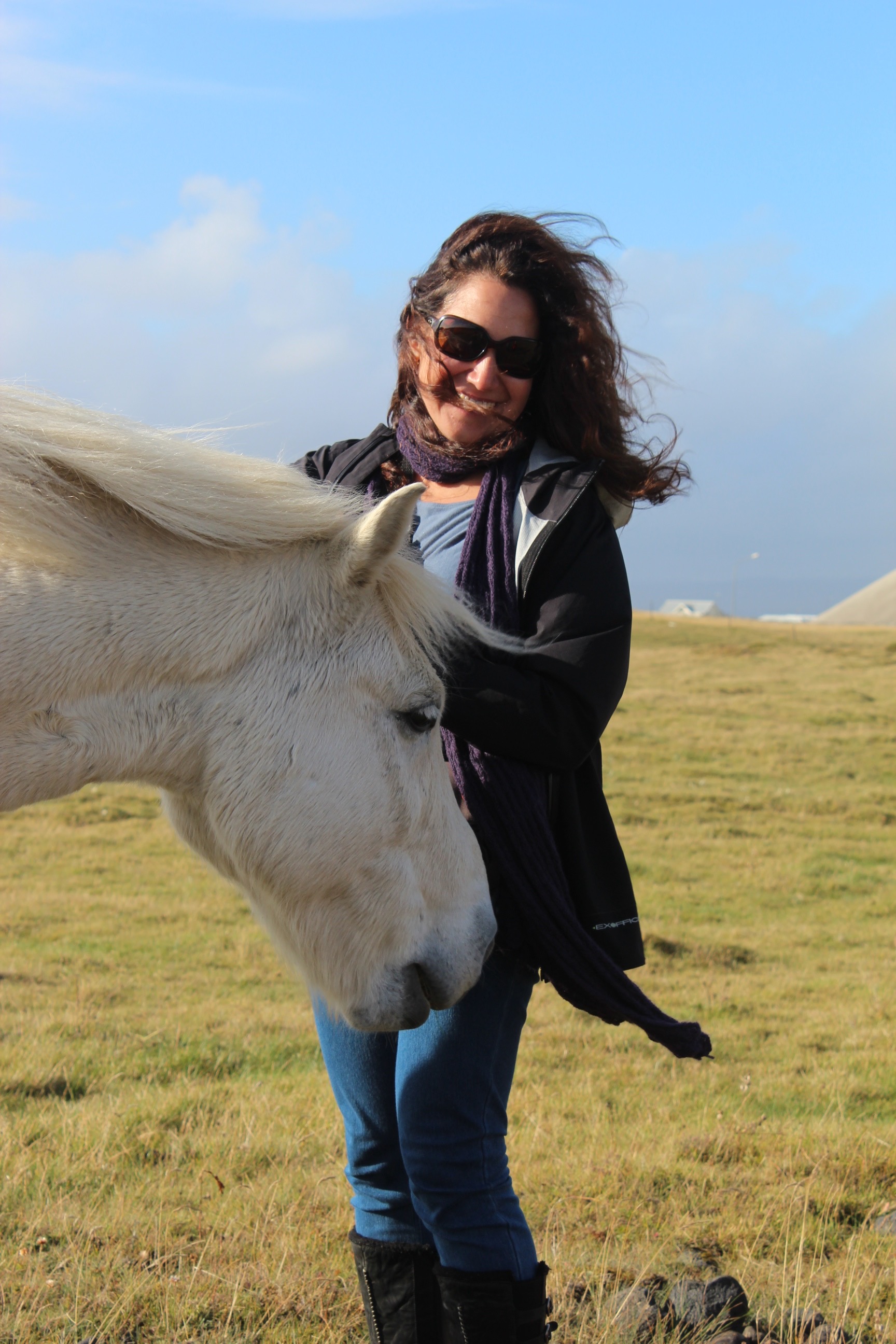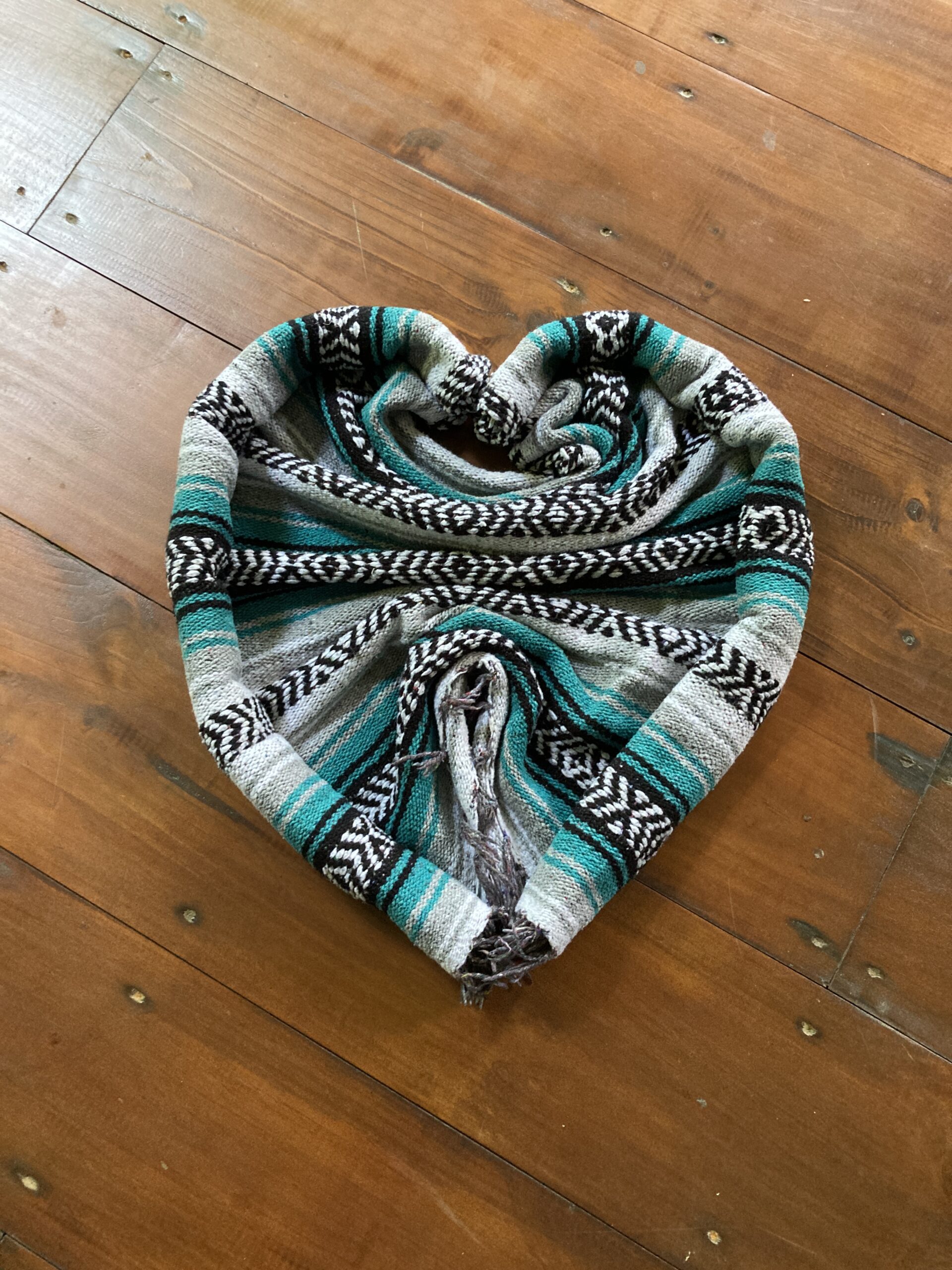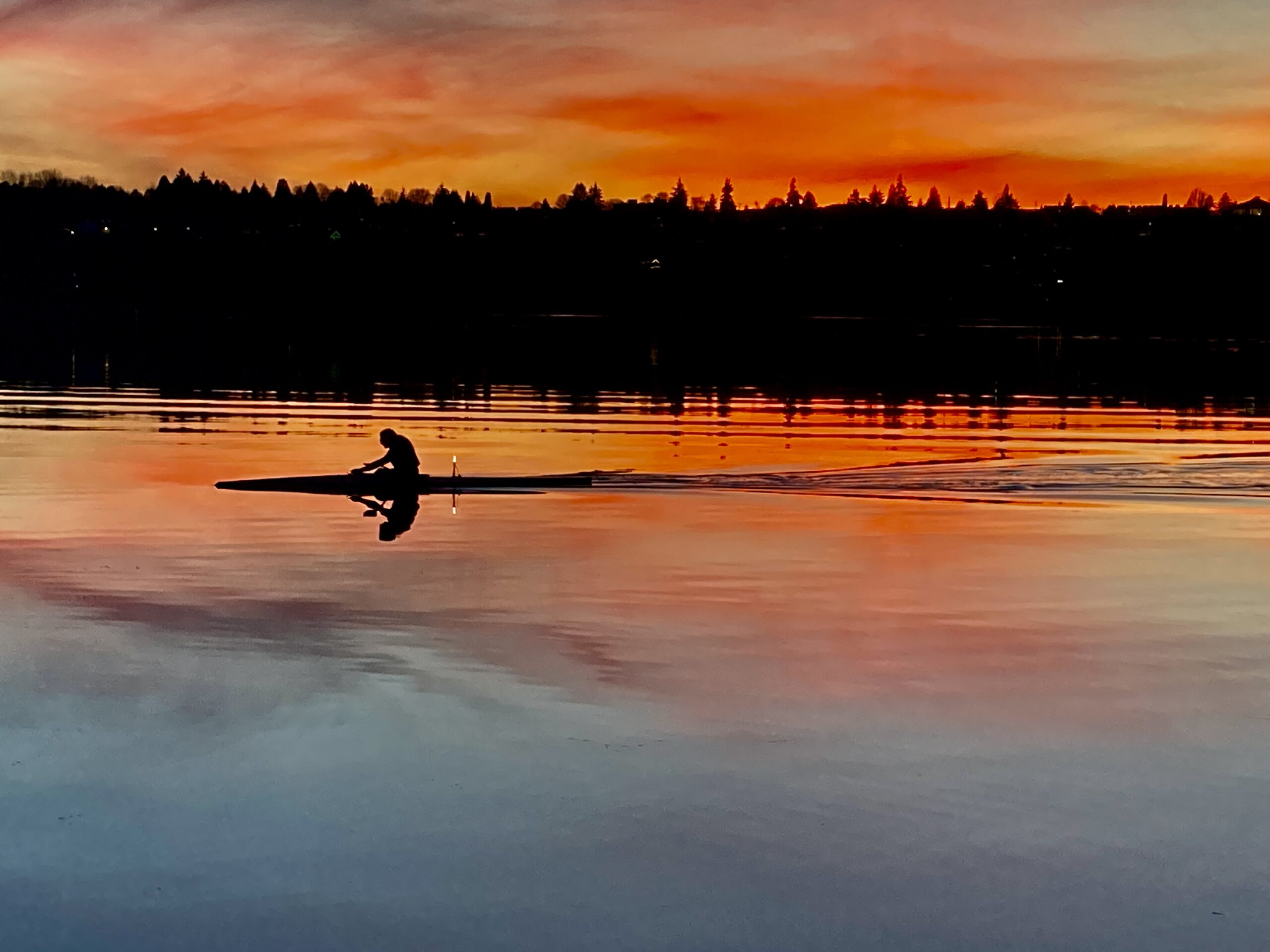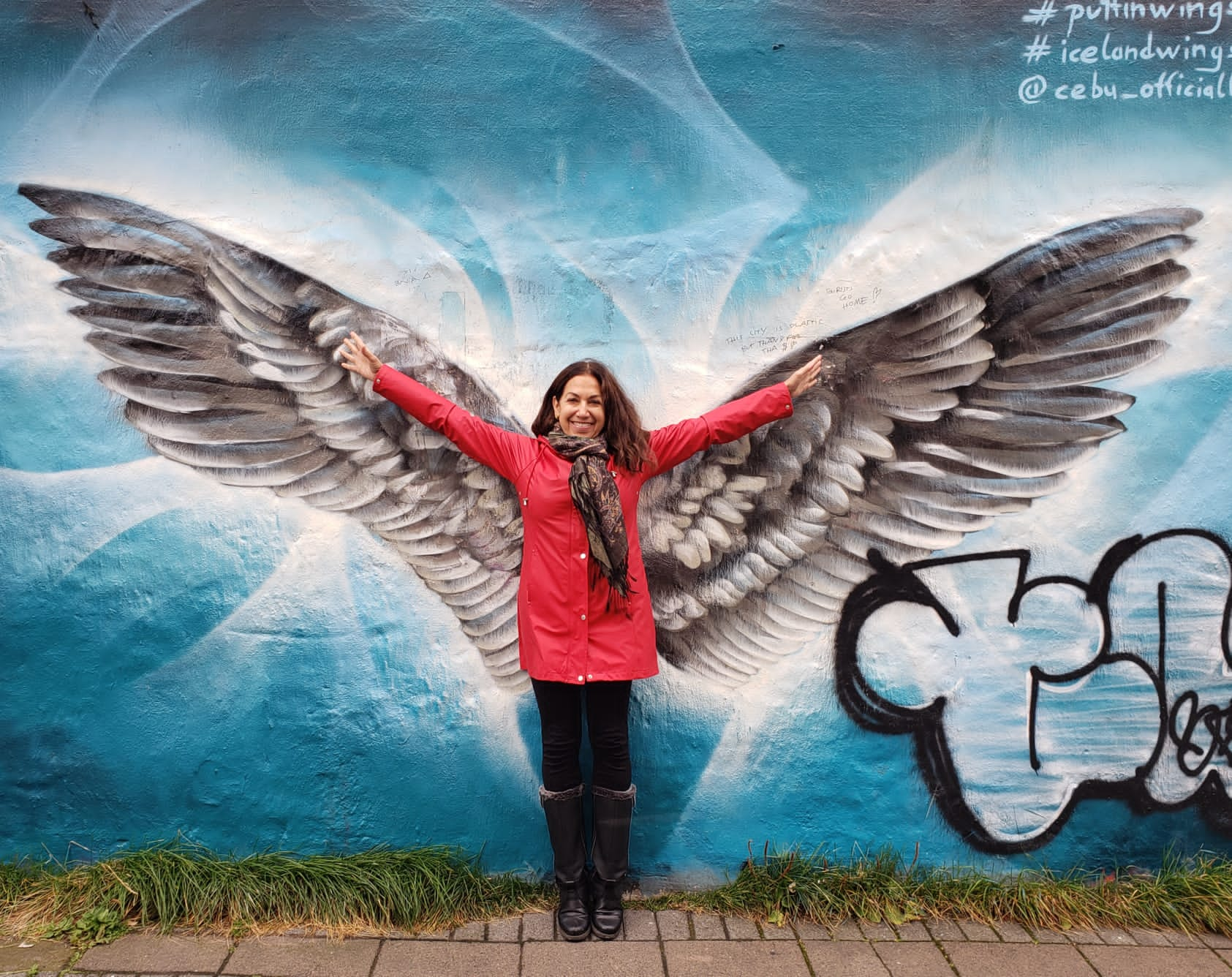The Icelandic horse has been around since Viking times. It is one of the most purely bred horses in the world. No other horse has been introduced to Iceland since the Vikings settled there in the 9th century. If an Icelandic horse is brought outside of Iceland, that horse will never be allowed to return to Iceland. Race horses who compete in other countries are sold after the competitions. There are even strict regulations about bringing saddles or riding boots from another country into Iceland. By law, the breed has been bred pure in Iceland for more than 1,000 years. And because of this lack of contact with other breeds, Icelandic horses have very few diseases.
The Viking parliament Althing forbade horse imports to Iceland as far back as 982 AD, to prevent the degeneration of the stock.
Traditionally, the Icelandic horse was used for herding sheep, transporting hay, and carrying fish from sea to village. They were originally bred for farm work.

The Icelandic horse is the only horse breed in the world that has five gaits. Other breeds walk, trot, canter, and gallop. In addition, Icelandic horses can also do what is called tölt:
The Tölt is a natural, fluid gait of the Icelandic Horse, during which at least one foot always touches the ground. Foals often tölt in pastures at an early age. The tölt is an extraordinarily smooth four-beat gait, which allows the rider an almost bounce-free ride, even at 32 kmh (20 mph). It is said a rider can drink a pint while riding, without spilling a drop. The footfall is the same pattern as the walk, but is much faster, almost as fast as a gallop.
I rode a horse and got to experience the tölt and the ride really did feel bounce-free and smooth.

In addition, the Icelandic horse can perform a flying pace:
The Flying Pace is a fast, high speed gait (48 kmh – 30 mph), during which both legs on one side of the horse simultaneously touch the ground. The gait is used for short distances, and can equal the speed of a full gallop, thus it is the primary gait used for racing. Being a two-beat gait, at one interval all four hooves of the Icelandic Horse are suspended off the ground during a flying pace. Riding at a flying pace is considered the crown of horsemanship.

Below are some facts about the Icelandic horse:
- Even at full maturity, they are pony-sized. They are 4-5 feet tall and weigh 600-900 lbs.
- Pound for pound, they are the strongest breed in the world.
- Icelandic horses have heavy three-layered coats protecting them from the freezing temperatures of Iceland. They shed the coats in the summer and became very sleek.
- They can appear in 42 different color combinations, with more than a hundred variations. Their coats can change colors according to the season. They can also have blue eyes.
- They tend to be very easy going and friendly, docile, easy to handle, and they form affectionate bonds with people and with other horses.

- They are traditionally raised in herds, which helps them develop social skills and high intelligence.
- They are not trained nor ridden until the age of 4. Their structural development is not complete until the age of 7. Icelandic horses can be ridden for 25 years, or until they are 30 years old.
- An ancient burial custom, Icelandic horse owners were buried with their horses. If the horse did not die in battle with its owner, it would be killed and then buried next to its owner. Many grave sites have been found containing bones of a human body and of a horse lying side by side.
- The breed is very long-lived. There are known cases of Icelandic horses living to be 42 and 56 years old.
- Mares and stallions are fit for breeding until the age of 25. In most other horse breeds, fertility decreases at 15 years of age.
- The Icelandic horse has no natural predators so they do not spook easily and are of a very gentle nature and show no fear of humans.

The Icelandic horse was venerated as a symbol of fertility in Norse times. They were considered supernatural in Norse mythology. They were said to be able to transcend mortal and immortal worlds and they carried the dead to the afterlife. Horse spirits visited humans in their dreams and relayed messages from the gods. Horses acted as intermediaries, connecting man to the supernatural world of gods and goddesses. Horses had the ability to carry the gods across various worlds and the gods trusted them to do this transcendent work.
In Iceland, I assigned a god or goddess to every retreat participant and we all had to do a little research and present our findings to the group. I was Nott, goddess of the night. Nott had a magnificent horse called Hrimfaxi, whose name means Frosty Mane. Hrmfaxi was responsible for creating night. Hrmfaxi would pull Nott’s chariot and as they rode across the skies, his legs created night. His breath became the frost covering the grass and the trees.
There was also Skinfaxi, whose name means Shining Mane, who was responsible for creating day. And there was Odin’s horse, whose name was Sleipnir. He was the most famous of the Norse horses. Sleipnir had eight legs and was the fastest of all horses. He never tired. He carried the dead to Valhalla, which is the Norse mythology equivalent to a Christian heaven. In Valhalla, souls dine with the gods in the great hall of Odin, the king of the gods.

Back to modern times, I want to tell you a little about a horse whose name was Raven. She was so named because of her color. Her body was black as a raven and her mane was the same color as my hair. She was six years old and just starting her formal training. Already she was showing much promise to be a race horse. Raven is extraordinary in many ways. She is a healer. My entire group witnessed something incredible. One of the women in our group had been thrown off a horse back in the States and had experienced serious physical injuries. Though her physical injuries have healed, she was left with emotional trauma from the accident. Well, Raven sensed this and literally reached her big beautiful face out to do her healing magic. The two connected and the emotional trauma healing started taking place. It was the most moving human and horse connection I have ever witnessed in my life. I will never forget Raven’s deep intelligence, intuition, and kind heart:

And finally, because I teach yoga, I should also talk about the Horse Pose, Vatayanasana. It is one of my favorite poses. There are actually two poses with this name. The one I generally teach looks like a wide squat or a sumo player’s stance. Perhaps you prefer to call it a plié? Horse pose benefits Hamstrings, hips, thighs, quadriceps, and knees. It is also very grounding and is said to connect us to the Root Chakra (feet and legs connection in terms of body and earth in terms of connecting to an element) and the Sacral Chakra (pelvis in terms of body and or water in terms of connecting to an element).
What I love most about Horse Pose is how strong it makes me feel! Maybe also because I am Sagittarius. And one may wonder if this pose is the actual horse or is it the rider? And the answer, as one of my equestrian loving yogis said, is BOTH. Horse Pose is both rider and horse, as the two should be deeply connected and ONE when riding.








Love this post!
We saw many Icelandic horses when we visited Iceland last month but didn’t ride them.
Thanks for sharing your experience.
They’re truly unique and outstanding animals.
Your writing is a beautiful tribute to this amazing breed.
Jeanne Bender
Beautiful and so much fascinating history!! Thanks for sharing, Fran!
Fascinating Fran. Think I will just go do a horse pose!